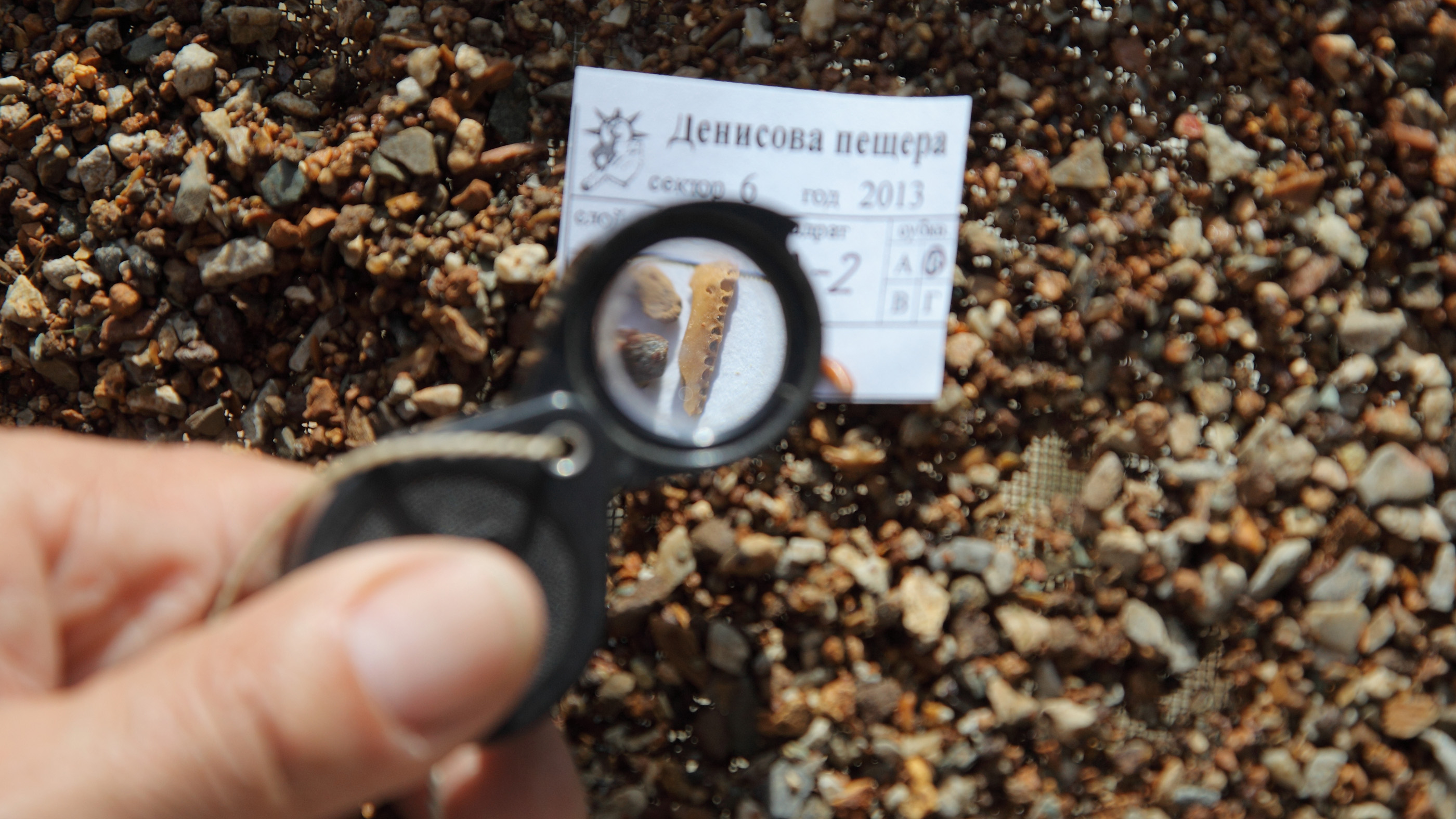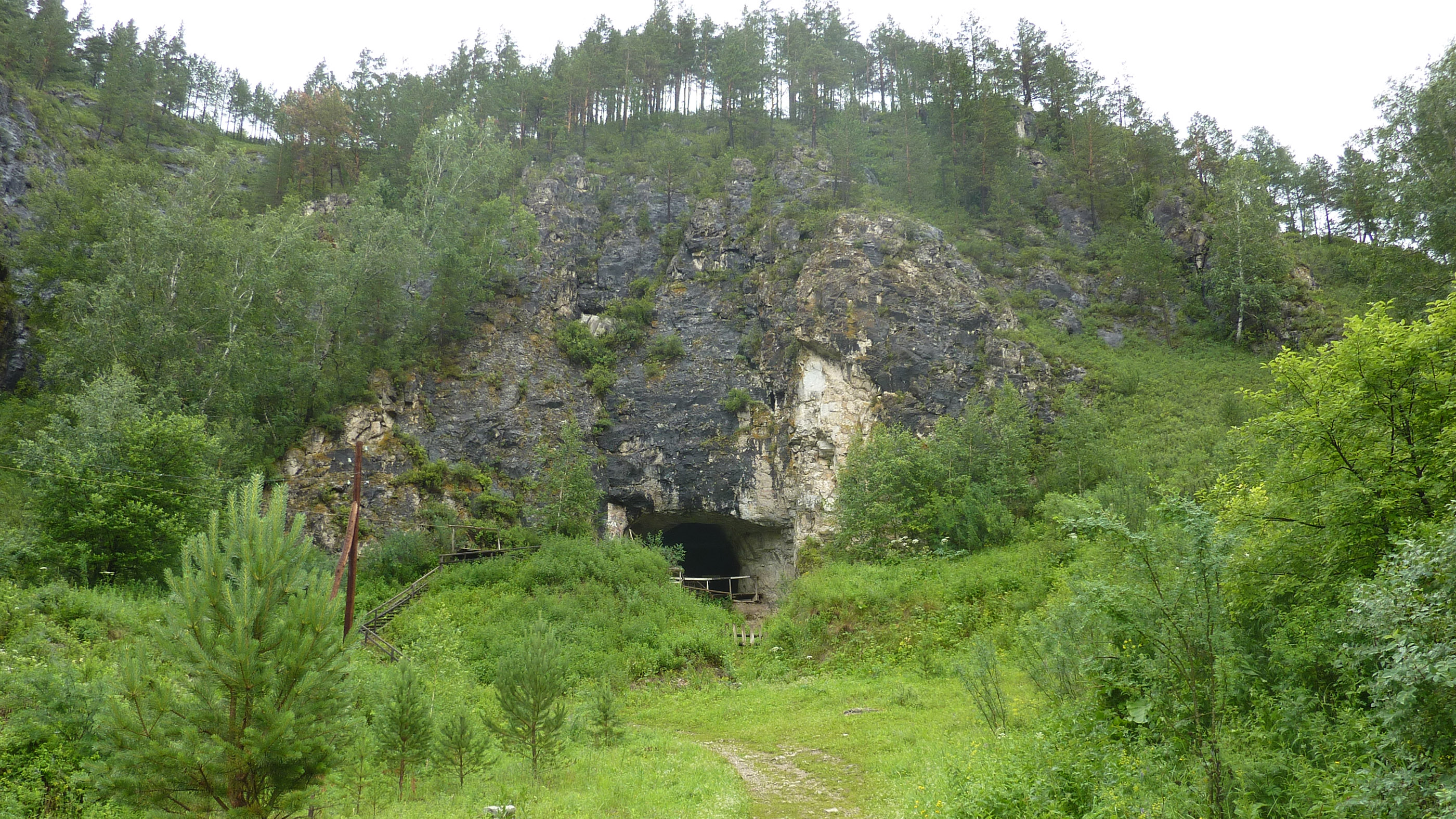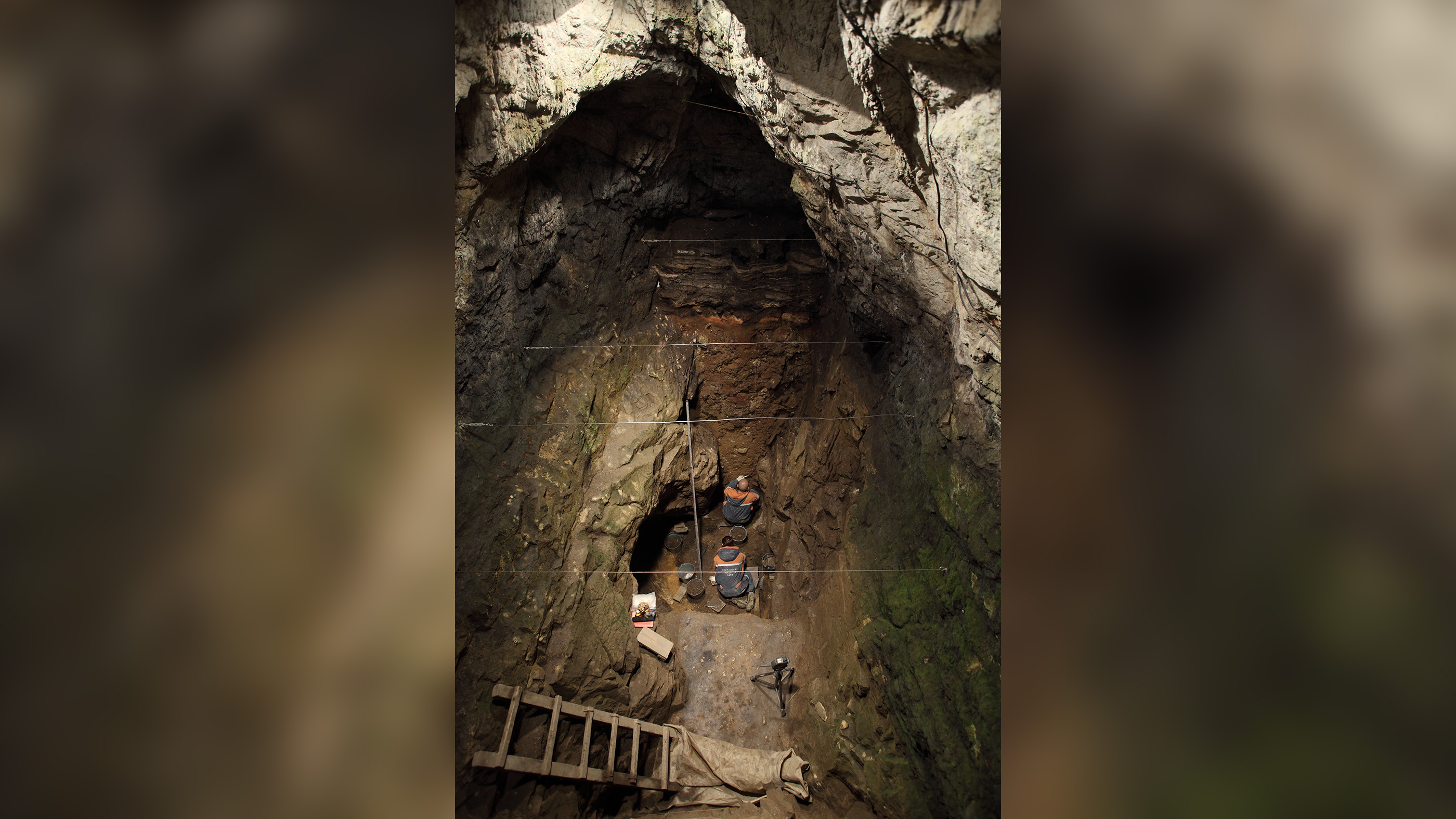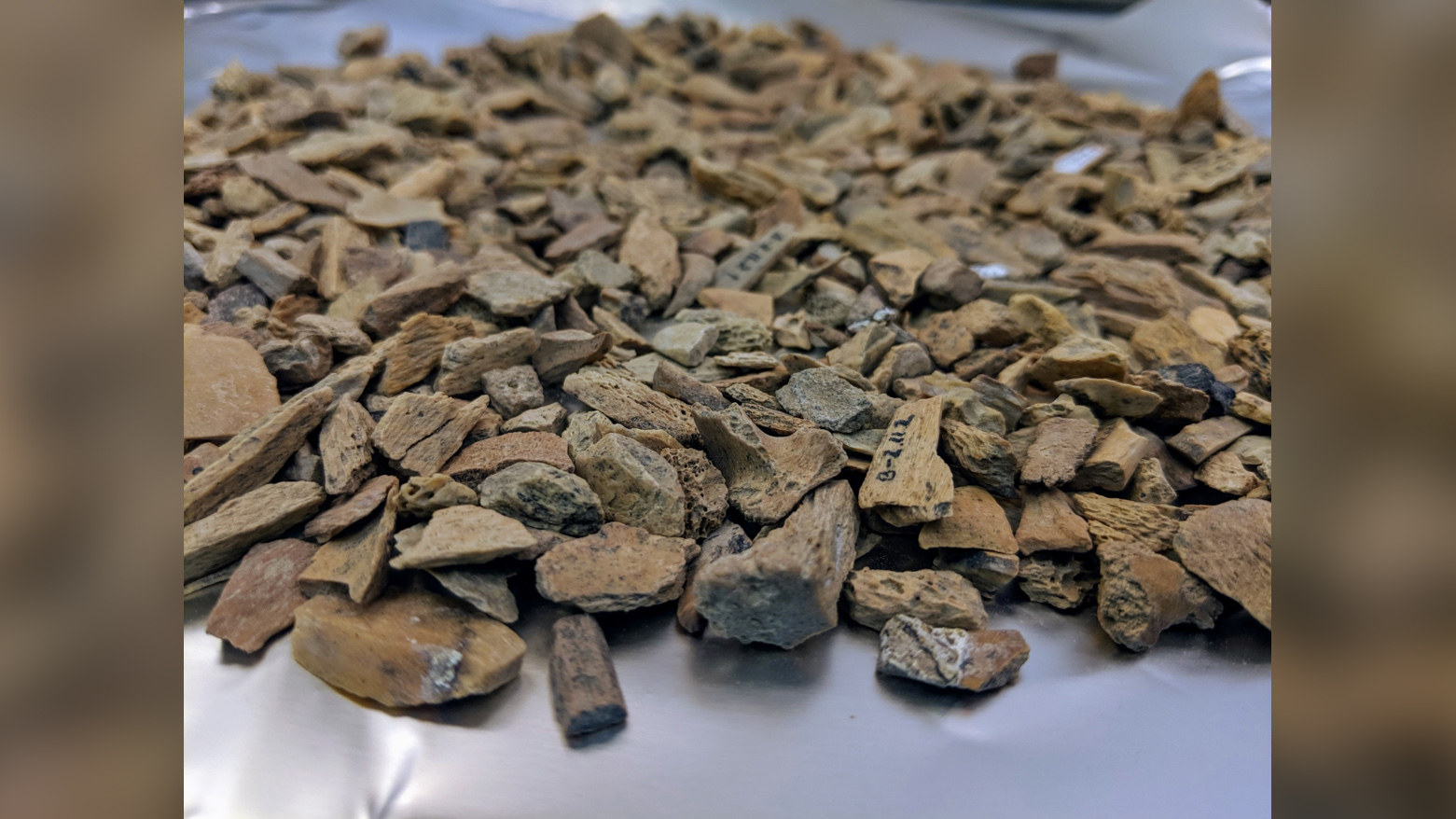Oldest-known fossils of mysterious human lineage uncovered in Siberian cave
The newly discovered Denisovan bones are 200,000 years old.

Scientists have unearthed the oldest fossils to date of the mysterious human lineage known as the Denisovans. With these 200,000-year-old bones, researchers have also for the first time discovered stone artifacts linked to these extinct relatives of modern humans, a new study finds.
First identified a little more than a decade ago, the Denisovans — an extinct branch of the human family tree — are the closest known relatives of modern humans, along with Neanderthals. Analysis of DNA extracted from Denisovan fossils suggests they might have once been widespread across continental Asia, island Southeast Asia and Oceania, and revealed that at least two distinct groups of Denisovans interbred with ancestors of modern humans.
Until now, scientists had only discovered half a dozen Denisovan fossils. Five were unearthed in Denisova Cave in Siberia, and one was found in a holy site in China, Live Science previously reported.
Related: Denisovan images: Tracing the genetics of human ancestors
Now, researchers have discovered another three Denisovan fossils in Denisova Cave. Scientists estimated that they are about 200,000 years old, making them the oldest known Denisovans ever found. Previously, the earliest known Denisovan specimens were about 122,000 to 194,000 years old.
In the new study, researchers examined 3,791 bone scraps from Denisova Cave. They looked for proteins they knew were Denisovan based on previous DNA research on the extinct lineage.
Among these scraps, the scientists identified five human bones. Four of these contained enough DNA to reveal their identity — one was Neanderthal, and the other three were Denisovan. Based on genetic similarities, two of these fossils may either come from one person or from related individuals.
Sign up for the Live Science daily newsletter now
Get the world’s most fascinating discoveries delivered straight to your inbox.
"We were extremely excited to identify three new Denisovan bones amongst the oldest layers of Denisova Cave," study senior author Katerina Douka, an archaeological scientist at the University of Vienna in Austria, told Live Science. "We specifically targeted these layers where no other human fossils were found before, and our strategy worked."




The researchers estimated the age of these Denisovan fossils based on the layer of earth in which they were uncovered. This layer also contained a slew of stone artifacts and animal remains, which may serve as vital archaeological clues on Denisovan life and behavior. Previously, Denisovan fossils were only found in layers without such archaeological material, or in layers that might also have contained Neanderthal material.
"This is the first time we can be sure that Denisovans were the makers of the archaeological remains we found associated with their bone fragments," Douka said.
The new findings suggest these newfound Denisovans lived during a time when, according to previous research, the climate was warm and comparable to today, in a locale favorable to human life that included broad-leaved forests and open steppe. Butchered and burnt animal remains found in the cave suggest the Denisovans may have fed on deer, gazelles, horses, bison and woolly rhinoceroses.
"We can infer that Denisovans were well-adapted to their environments, utilizing every resource available to them," Douka said.
The stone artifacts found in the same layer as these Denisovan fossils are mostly scraping tools, which were perhaps used for dealing with animal skins. The raw material for these items likely came from river sediment just outside the entrance to the cave, and the river likely helped the Denisovans when they sought to hunt, the scientists noted.
"The site's strategic point in front of a water source and the entrance of a valley would have served as a great spot for hunting," Douka said.
The stone tools linked with these new fossils have no direct counterparts in north or central Asia. However, they do bear some resemblance to items found in Israel dating between 250,000 and 400,000 years ago — a period linked with major shifts in human technology, such as the routine use of fire, the researchers noted.
The new study found that Denisovans may not have been the only occupants of the cave at this time. Bones of carnivores such as wolves and wild dogs suggest Denisovans may have actively competed with these predators over prey and perhaps the cave itself.
"At the moment our team continues to work at Denisova Cave and several other Asian sites and hope to report some interesting new stuff very soon," Douka said.
The scientists detailed their findings online Nov. 25 in the journal Nature Ecology & Evolution.
Originally published on Live Science.










